The extreme level of inequality in the U.S. is battering the poor
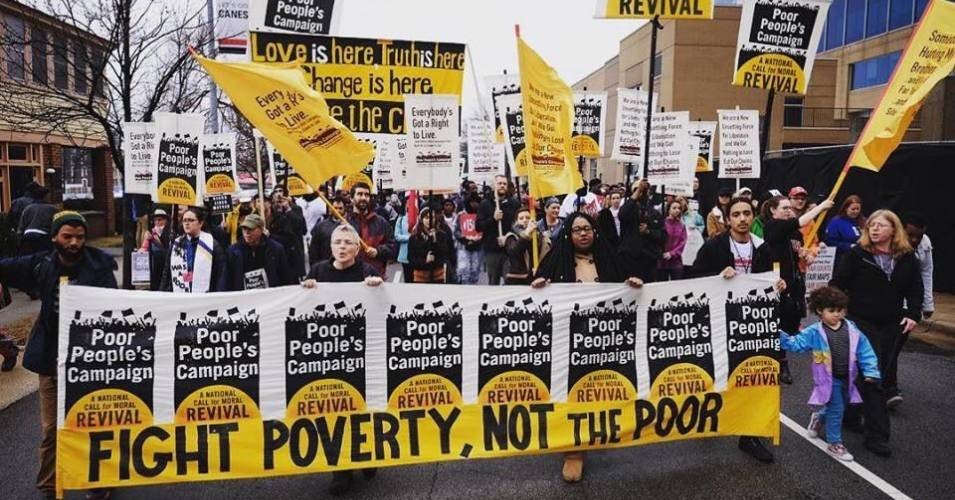
Deniers like Nikki Haley refuse to admit that mass poverty exists in their prosperous nation. That would reflect poorly on their capitalist beliefs. But if the skeptics would look at the half of America they don’t care to see, the stark display of destitution might shock them. At least until they invent an excuse to remove it all from their minds.
The U.S. poverty rate in 2016 was between 12.7 and 14.0 percent. But the poverty threshold is based on an outmoded formula from the 1960s. According to the Congressional Research Service (CRS), the threshold should be THREE TIMES HIGHER today. And it could be even higher if the true nature of poverty is considered.
Poverty is Not Just a Dollar Figure
There is poverty in the diminishing quality of life for Americans who are unable to pay for medical treatment during years of declining health, and instead turn to life-threatening opioid painkillers, readily available in a nation with less than 5 percent of the world’s population and 30 percent of the world’s opioid consumption. Poverty is the lack of community support in a winner-take-all society; the stress of overwhelming debt; the steady decline of jobs that pay enough to support a family; the inability to afford a move to a desired neighborhood; the deadening impact of inequality on physical and mental well-being. The United Nations describes America as a nation near the bottom of the developed world in safety net support and economic mobility, with the highest infant mortality rate in the developed world, the world’s highest incarceration rate, and the highest obesity levels. Low-income Americans are often surrounded by food deserts, with insufficient access to clean water and sanitation, and with the pollutionlevels of third-world countries. The poorest among us are even susceptible — unbelievably — to rare tropical diseases and once-eradicated scourges like hookworm.
Part of the definition of poverty is “the state of being inferior in quality.” The extreme level of inequality in the U.S. is battering the poor with a sense of inferiority. It’s ripping apart once-interdependent communities, and it’s triggering a surge in drug and alcohol and suicide “deaths of despair.”
Wealth is Almost Nonexistent for the Bottom 50%
Census data in 2011 showed that nearly half of Americans were in poverty or considered low-income. Since then average wealth for the poorest 50% has plummeted 27.5 percent, and average wealth for the poorest 40% is virtually ZERO. The median American household has less wealth in current dollars than it did 35 years ago (Table 1).
The Poorest 50% Are Barely Sustained by Their Incomes
According to CareerBuilder, 3 out of 4 American workers are living paycheck to paycheck, unable to meet any major expense in health care or home and auto repairs. Charles Schwab says 3 out of 5 Americans live paycheck to paycheck. That’s 60 to 75 percent of us.
The United Way ALICE Project has calculated that 43% of U.S. households can’t afford a monthly budget that includes housing, food, child care, health care, transportation and a cell phone. The Federal Reserve concurs, estimating that 42% of U.S. adults are experiencing a high likelihood of material hardship.
Expenses Surging: Almost All Income for the Poorest 50% Goes to Vital Needs
For every $1 in expenses twenty years ago, an American household now pays $1.25. But for every $1 earned twenty years ago, the median household still earns just $1.
Housing, child care, and health costs are crushing Americans. Nearly HALF of renters are cost-burdened, paying 30 percent or more of their income to their landlords. The median American household in most states would have to spend over 10 percent of its income just to send a 4-year-old to full-time preschool. The employee portion of medical costs for a typical family of four averages over $12,000, or about 20 percent of median household income.
For many families, that’s 60 percent of their income just for housing, child care, and health costs. Many are mired in debt. The average household in the poorer half of America is anywhere from $4,000 to $10,000 in credit card debt.
Retirement? Probably Not
Numerous sources report that half of Americans have little or nothing saved for retirement, and the most recent GoBankingRates survey concluded that 42 percent of Americans will retire with less than three months’ retirement expenses.
So Who Gets the Government Benefits?
Deniers argue that few American families are really poor, because they benefit from low-income government programs. But Thomas Piketty, Emmanuel Saez, and Gabriel Zucman have calculated that, on average in 2014, the 40% of American adults with incomes just below the top 10% — the middle class — received more in safety net government transfers (Medicare, Medicaid, tax credits, food stamps/SNAP, Veterans’ benefits, etc.) than the bottom 50% of Americans (Figure 11).
When Social Security is included, the richest 10% on average received approximately as much in government transfers as the poorest 50% (Figure S.13).
Everyone benefits, thankfully, from essential government programs. But as the U.N. found, the American safety net is less supportive than that of almost all other developed nations. And the richest among us somehow manage to take the greater part of benefits meant for the poor. By any rational definition of poverty, half of our country’s households are dealing with it.
Disclaimer: We at Prepare for Change (PFC) bring you information that is not offered by the mainstream news, and therefore may seem controversial. The opinions, views, statements, and/or information we present are not necessarily promoted, endorsed, espoused, or agreed to by Prepare for Change, its leadership Council, members, those who work with PFC, or those who read its content. However, they are hopefully provocative. Please use discernment! Use logical thinking, your own intuition and your own connection with Source, Spirit and Natural Laws to help you determine what is true and what is not. By sharing information and seeding dialogue, it is our goal to raise consciousness and awareness of higher truths to free us from enslavement of the matrix in this material realm.
 EN
EN FR
FR


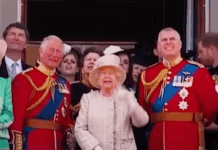

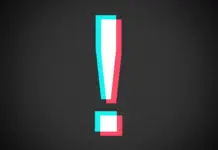

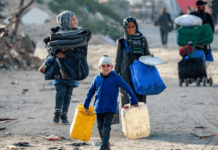

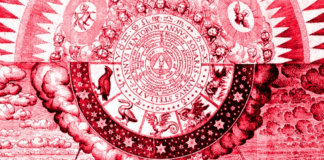

















https://therearenosunglasses.wordpress.com/2018/06/23/unhcr-commissioner-philip-alstons-testimony-on-widespread-poverty-and-denial-of-basic-human-rights-witnessed-on-us-tour/
UNHCR Commissioner Philip Alston’s Testimony On Widespread Poverty and Denial of Basic Human Rights, Witnessed On US Tour
Posted on June 23, 2018 by therearenosunglasses
[“It is patently ridiculous for the United Nations to examine poverty in America.”–Nikki Haley]
[Washington quits UN Human Rights Council, but the reason is not ‘bias against Israel’]
Statement on Visit to the USA, by Professor Philip Alston, United Nations Special Rapporteur on extreme poverty and human rights*
Washington, December 15, 2017
I. Introduction
1. I have spent the past two weeks visiting the United States, at the invitation of the federal government, to look at whether the persistence of extreme poverty in America undermines the enjoyment of human rights by its citizens. In my travels through California, Alabama, Georgyia, Puerto uRico, West Virginia, and Washington DC I have spoken with dozens of experts and civil society groups, met with senior state and federal government officials and talked with many people who are homeless or living in deep poverty. I am grateful to the Trump Administration for facilitating my visit and for its continuing cooperation with the UN Human Rights Council’s accountability mechanisms that apply to all states.
2. My visit coincides with a dramatic change of direction in US policies relating to inequality and extreme poverty. The proposed tax reform package stakes out America’s bid to become the most unequal society in the world, and will greatly increase the already high levels of wealth and income inequality between the richest 1% and the poorest 50% of Americans. The dramatic cuts in welfare, foreshadowed by the President and Speaker Ryan, and already beginning to be implemented by the administration, will essentially shred crucial dimensions of a safety net that is already full of holes. It is against this background that my report is presented.
3. The United States is one of the world’s richest, most powerful and technologically innovative countries; but neither its wealth nor its power nor its technology is being harnessed to address the situation in which 40 million people continue to live in poverty.
4. I have seen and heard a lot over the past two weeks. I met with many people barely surviving on Skid Row in Los Angeles, I witnessed a San Francisco police officer telling a group of homeless people to move on but having no answer when asked where they could move to, I heard how thousands of poor people get minor infraction notices which seem to be intentionally designed to quickly explode into unpayable debt, incarceration, and the replenishment of municipal coffers, I saw sewage filled yards in states where governments don’t consider sanitation facilities to be their responsibility, I saw people who had lost all of their teeth because adult dental care is not covered by the vast majority of programs available to the very poor, I heard about soaring death rates and family and community destruction wrought by prescription and other drug addiction, and I met with people in the South of Puerto Rico living next to a mountain of completely unprotected coal ash which rains down upon them bringing illness, disability and death.
In the meantime America spends milions and milions for wars and weapon manufacture. What a idiotic world.
Ben Fulford’s post today is extremely encouraging good newsin regard to poverty in case you may want to partially repost it .BengaminFulford.net